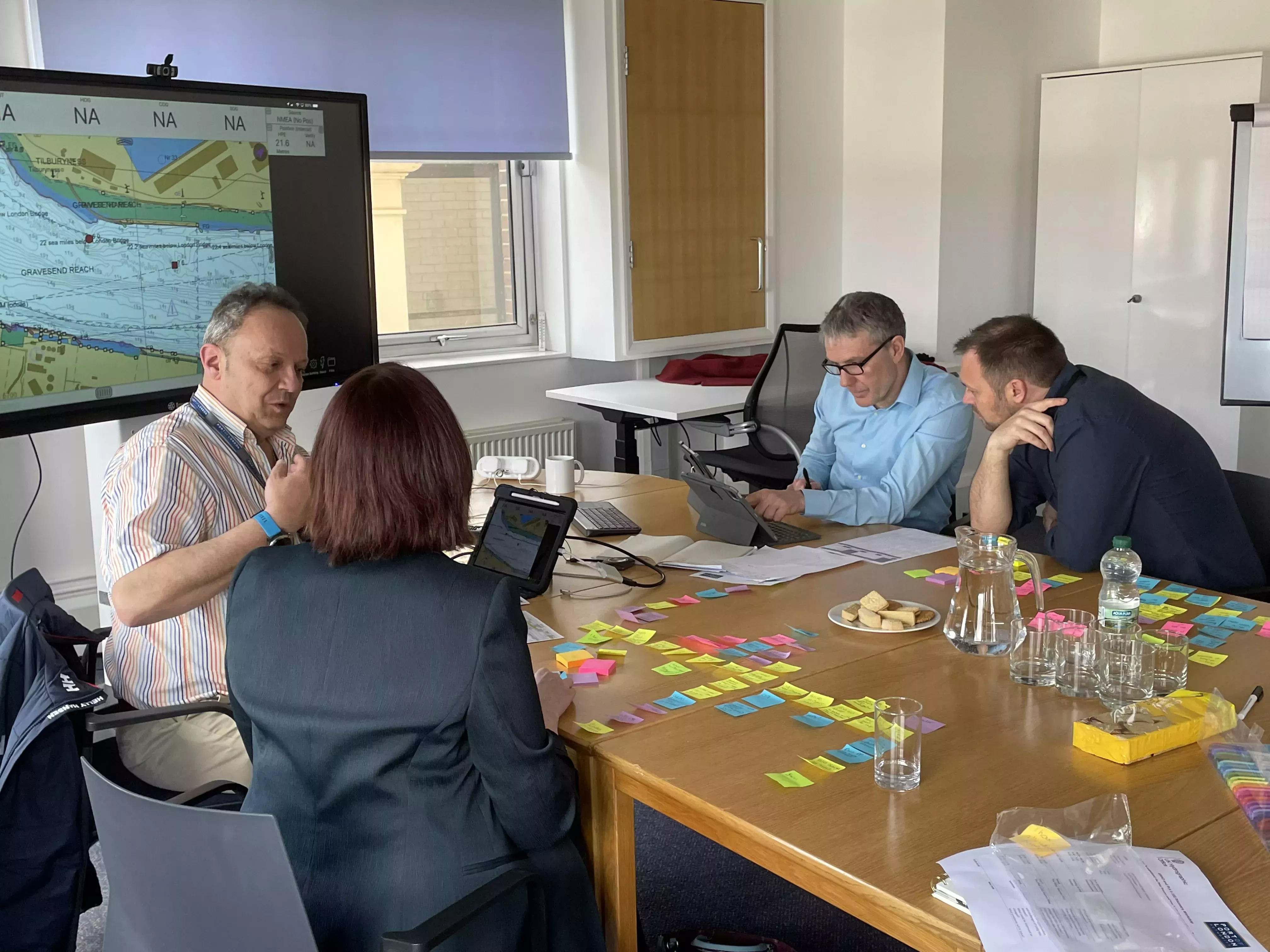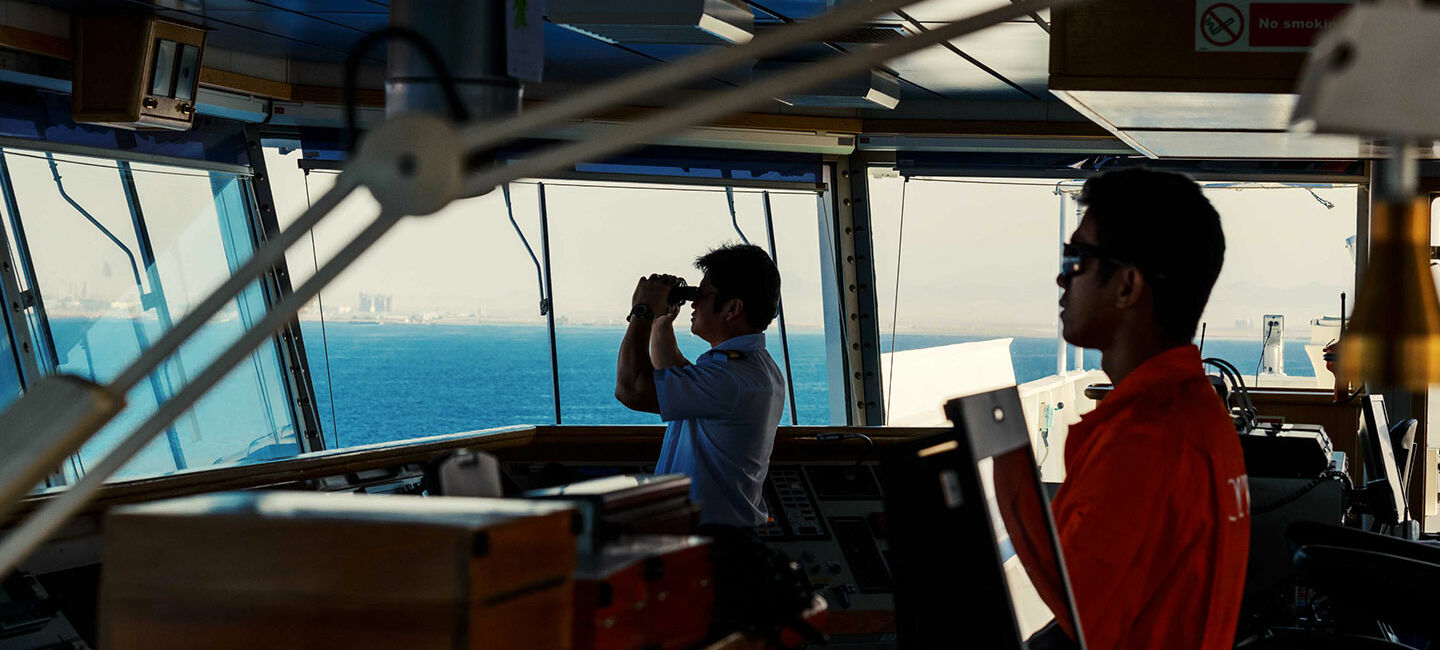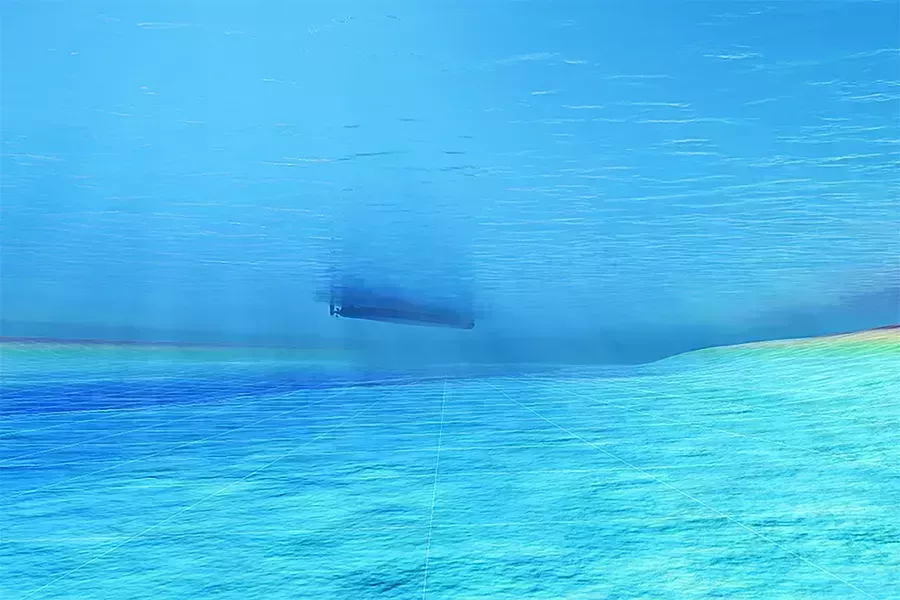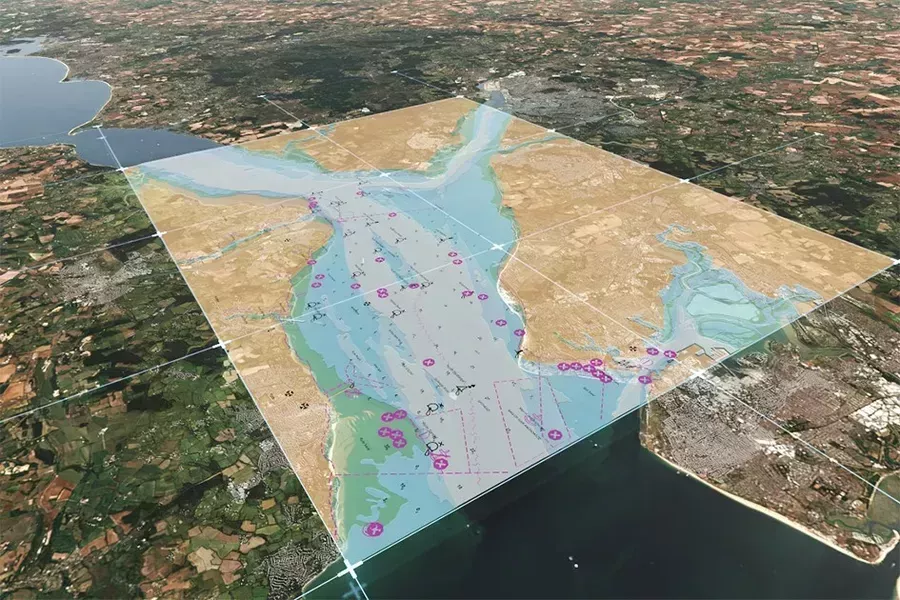On a recent blog shared on this site in March 2022, we discussed the leading role that the UK Hydrographic Office (UKHO) is playing in steering the development of the IHO’s new S-100 data standards, especially through our exciting work on the S-102 Bathymetric Surface product specification. This will enable us to create S-100 layers with far greater granularity of bathymetric information than the traditional ENC – supporting safer and more efficient navigation, as well as unlocking economic value for ports.
We illustrated that blog with some details about our S-102 trials in collaboration with Port of London Authority and SEAiq Pilot – including the first real-world S-102 sea trial in the UK, which also marks the first time the UKHO has run an S-100 sea trial. Today, we would like to offer more insights into the shore trial side of the project, and highlight the benefits of these activities for the mariner and wider navigational safety.
With vessels continually increasing in size, ports are having to operate with ever decreasing safety margins, which makes the job of the pilot even more challenging when navigating in narrow, shallow passages. The key to relieving pressure in this stressful situation is access to enhanced bathymetric data, an imperative to ensure navigational safety.
In collaboration with the Port of London Authority (PLA) hydrographic services department, the UKHO recently ran a series of IHO S-102 gridded bathymetry shore-based trials, conducted with Thames pilots using the SEAiq Pilot Portable Pilot Units (PPU). The data and information collected by PLA via multibeam survey was processed by UKHO to create a number of S-102 Bathymetric Surface data sets to carry out six testing scenarios.
The testing focused on different grid resolutions to better understand the optimal user experience in the SEAiq Pilot. In the morning on the day of the trial, the team focused on understanding the process that Thames pilots follow when planning to bring vessels in and out of berth, following the IMO guidelines on Voyage Planning of appraisal, planning, execution and monitoring. This session was very insightful and helped the UKHO UX team to map the pilots journey to identify the current issues in the process and establish how the display of S-102 data in the SEAiq Pilot can support vessel conflict management and better under keel clearance. The trial proved that with more precise understanding of the bathymetry, pilots are able to plan in greater detail, improving vessel safety and ensuring vessels arrive on berth at the required times.

The afternoon session centred around stepping through each of the six S-102 testing scenarios and reviewing the display of the data in the SEAiq Pilot. During the process of analysing the data, the group of pilots unanimously agreed that the 100m grid was insufficient for navigating the Thames and that a higher grid resolution was required, and it was established that the most appropriate level of detail was achieved when using a 10m grid in SEAiq.
For the next phase of the project, the UKHO will create a 10m S-102 Bathymetric Surface data set from the pilot boarding point in the Thames estuary to the vessel berth at Purfleet. In addition, a 2m grid S-102 data set will be produced at the berth to give the pilot a precise view to manage vessel manoeuvrability during the docking phase.
The final stage of the process will entail a live sea trial with the Thames pilots using the data to navigate a vessel into berth, and the results will be used to feedback into the IHO standards-setting process and support the development of the PPU software.
The work that the UKHO is progressing in the S-100 space, both independently and in collaboration with manufacturers, mariners, port authorities and others, is crucial for the evolution, advancement, and user case of the S-100 data standards, which are still in their development cycle. S-100 will be transformative for marine navigational data and will therefore have important ramifications for commercial shipping too. We understand the implications and the responsibility that we hold as part of this journey, and remain excited and optimistic for the future and the opportunities that S-100 will unlock.





